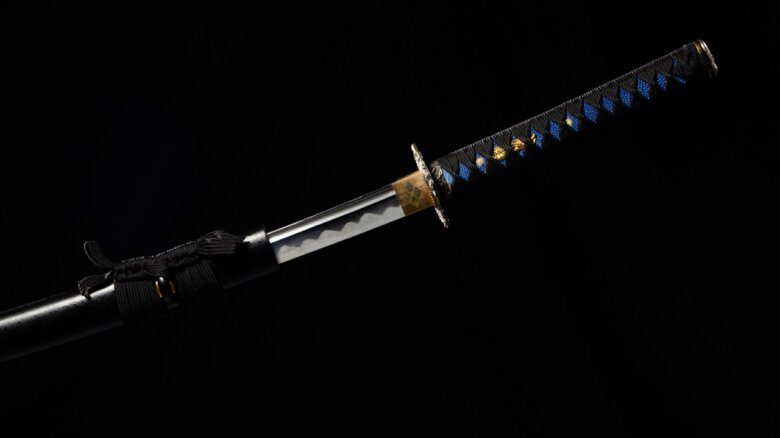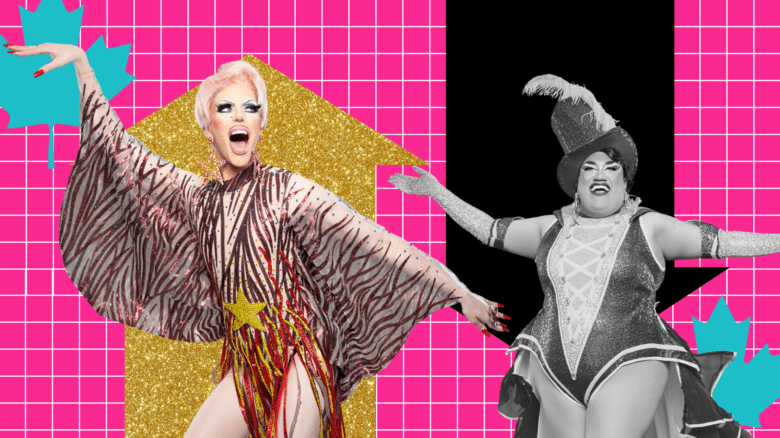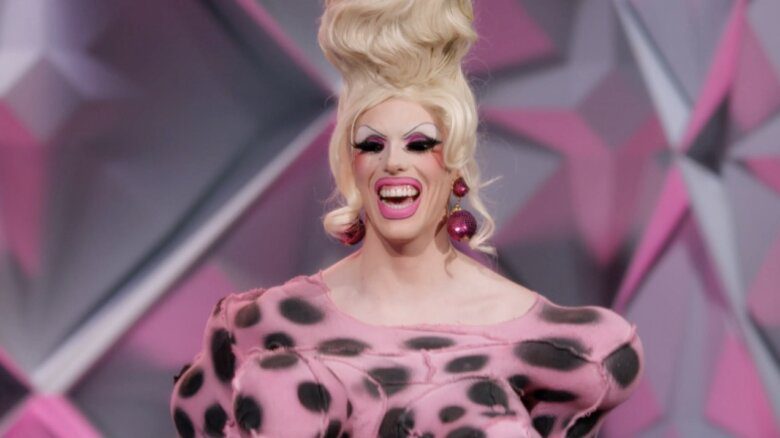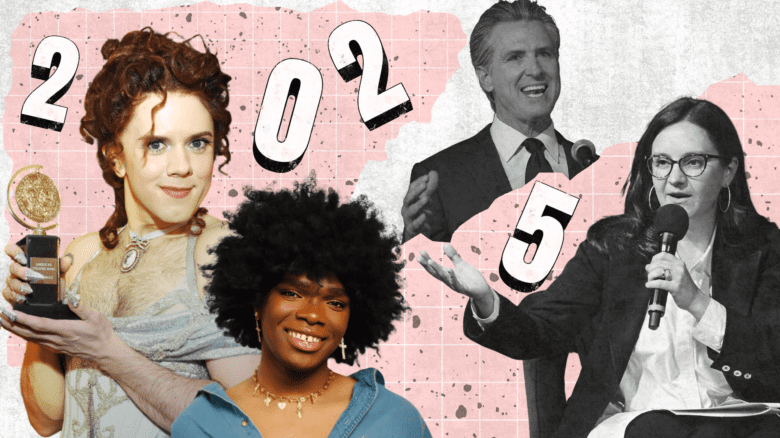Long before Léa Seydoux was awarded the Palme d’Or for Blue Is the Warmest Colour (La Vie d’Adèle) with her co-star, Adèle Exarchopoulos, and the film’s director, Abdellatif Kechiche, she was making her mark as an actor and model. Seydoux has had prominent roles in Brad Bird’s Mission: Impossible – Ghost Protocol, Quentin Tarantino’s Inglourious Basterds and Woody Allen’s Midnight in Paris. She is also set to appear in the latest film by Wes Anderson, The Grand Budapest Hotel, with Tilda Swinton, Bill Murray and Ralph Fiennes. But it’s her performance in Blue Is the Warmest Colour, as a lesbian artist, that has brought her international acclaim and ecstatic reviews.
The graphic nature of the film’s love scenes may have gathered all the press and plenty of controversy, but Blue Is the Warmest Colour is also an unapparelled love story between two lesbian women that has drawn comparisons to Last Tango in Paris and the work of French auteur François Truffaut. During this year’s Toronto International Film Festival, Seydoux discussed her devotion to the role of Emma, which she prepared for by reading the work of various philosophers and taking painting lessons. She also worked out to gain upper-body strength.
“I spent almost . . . nine month[s] with Abdellatif,” she told Xtra, “and I had to stay in Paris with him, and at the time I was promoting Mission: Impossible, and I was not able to do the promotion because I was not able to do anything else . . . we had very long conversation[s] about everything, about what it’s like to be a lesbian . . . I think he wanted to do something . . . about a love story. I had to tell him, private, things that happened. And I really like this way of working.”
Since its Cannes debut, however, Seydoux has said that she felt exploited by Kechiche during the arduous shoot. When asked about this, she says diplomatically, “The thing is it was difficult . . . Adèle has a beautiful nature, she has that emotion, she’s a strong actress, she has like a technique, an incredible technique, and she was 18 at the time we shot . . . but me, I had to really build something. So, to build something, it was sometimes hard because Kechiche makes many takes. Very long takes, and he can spend sometimes a week on one, the same scene . . . sometimes I was losing myself, and that was hard, but I liked it, because I wanted to work with him . . . for me he’s an artist.”
The 10-minute love scene at the heart of the film “was strange,” she says, “but if you start to think about this, it’s impossible. It was an important part of the film, because it’s passion.”
She says playing the experienced lesbian was “thrilling to play, to be able to play a man in a way.”
Read more coverage of Blue Is the Warmest Colour.
Blue Is the Warmest Colour opens in limited release in North America on Oct 25.
 Why you can trust Xtra
Why you can trust Xtra


